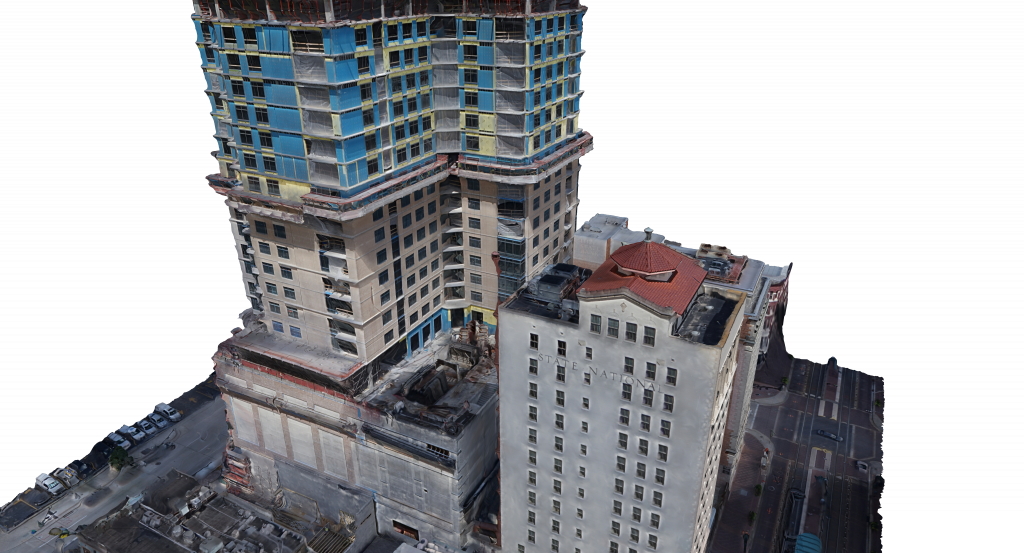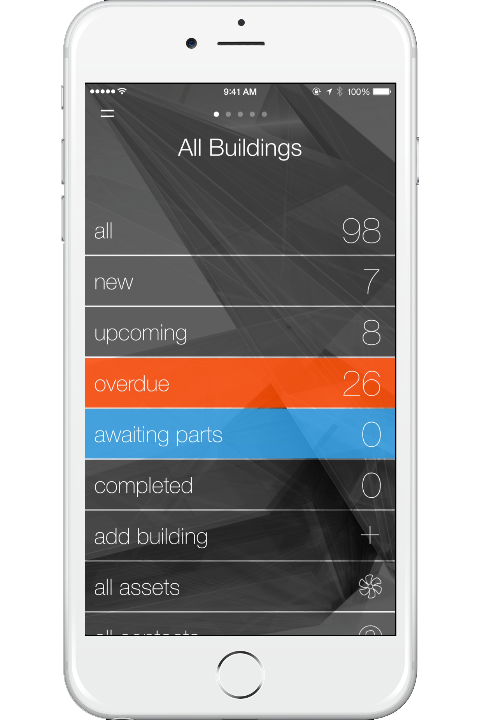AEC professionals attending Autodesk University to experience the next evolution of BIM
At this year’s Autodesk University, one thing will be abundantly clear – Building Information Modeling (BIM) is the nexus of designing, building, and operating. Embraced and adopted by governments and architecture, engineering and construction (AEC) firms across the globe for its capabilities to reduce cost and improve quality, BIM is now at what the late Andy Grove of Intel would call “a strategic inflection point.”
What does BIM look like in an era where connectivity is ubiquitous? Connected BIM will be the focus of our exhibits, classes, and events for the AEC community at Autodesk University. What do we mean by connected BIM?
Today’s technologies supporting advanced BIM processes are disrupting the way buildings and infrastructure are designed, built, and used. However, for some architects, engineers, contractors, and owners/operators, embracing new technologies and processes remains a scary proposition that requires:
- Retraining teams;
- Putting your faith in the cloud and mobility;
- Making the necessary transition from your 2D comfort zone into the world of 3D models and BIM.
At this year’s Autodesk University, our industry partners and Autodesk staff will demonstrate how connected BIM workflows can make it easier than ever to get the job done and to innovate and capitalize on new business opportunities, by:
1. Connecting Insights – Capture, create, and compute enormous amounts of data and evaluate alternatives in a real world context. Insight early in the design phase supports “best possible” as opposed to “best practical” performance of completed projects. Enabled by the cloud and mobility and generative design, virtual and augmented reality technologies, software is becoming an advisor in the design and engineering process, optimizing designs and aiding teams in making informed decisions before breaking ground in a fraction of the time.
Autodesk’s generative design tool, Project Fractal, is an example of how we connect insight. View Project Fractal as it is used to compute a building shell and façade.
2. Connecting Delivery – Integrate design to fabrication to the construction process more seamlessly. Extend digitalization to the construction site, with sensors, drones, intelligent machines and mobile devices enabled by a BIM-connected cloud platform. Seamless integration of the design-build processes translates intent to execution, further saving time and money.
Connecting Delivery: Digitalization of Hines Market Square, Houston, TX using 3D Robotics SiteScan and Autodesk ReCap 360. Image courtesy of Autodesk, Austin Commercial, and 3D Robotics.
3. Connecting Assets – Huge amounts of data are now available and connected technology helps to make the data useful across the lifecycle of the project. Learn from operational data gathered across the life cycle for continuous improvement of decision making. Gather data through sensors and connected devices (IoT) to inform maintenance decisions, more efficient and adaptive operations, and future design or process improvements.
Connecting Assets: Autodesk Building Ops is a mobile-first asset and maintenance management solution that enables general contractors and building owners to realize the value of BIM in building operations. Image courtesy of Autodesk.
4. Connecting Teams – Put the project in the center from the start. Stay up to date in the office and on the project job site, using the cloud, connected data and systems to unlock capabilities to share and collaborate across the lifecycle in real time without barriers. And as joint ventures become more prevalent in the industry, Autodesk helps connect teams whether they are on different city blocks or in different cities.
Connecting Teams: Architecture firms Hennebery Eddy and Fentress used Autodesk Collaboration for Revit and BIM 360 Team to work together on a complex airport project.
Our message to attendees at Autodesk University and AEC professionals around the world: now is the time to embrace BIM. The choice has never been clearer: adapt to these changes, improve predictability, efficiency, quality and drive innovation, or remain in the past while your competitors forge ahead.
We look forward to seeing you at Autodesk University. Can’t make it to Vegas this year? You can still learn more by clicking here to access videos and more information about BIM and the future of making things.

